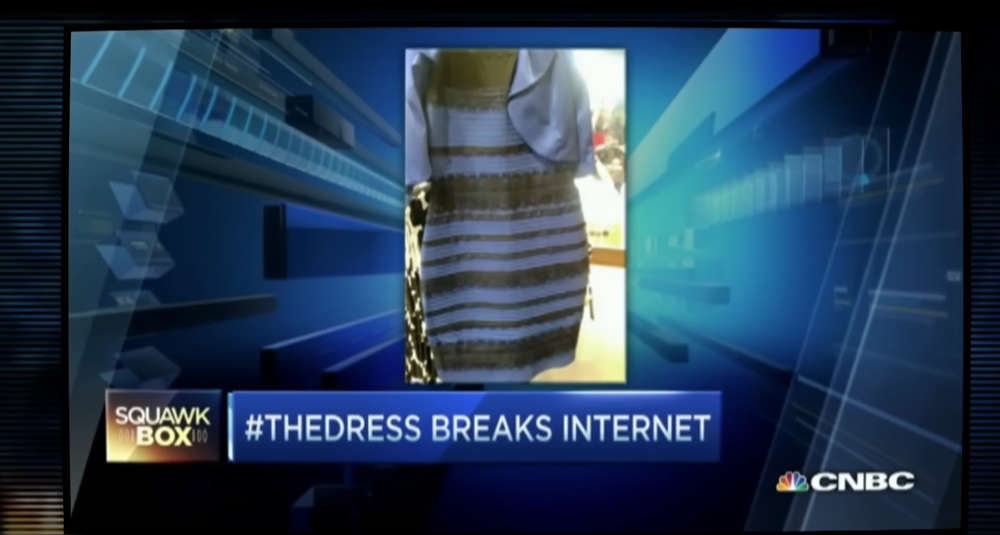Ten years ago, a seemingly ordinary photograph of a dress captured the world’s attention and inadvertently sparked one of the most fascinating viral debates in internet history. Was the dress blue and black, or white and gold? This question not only divided opinions across the globe but also ignited discussions among neuroscientists, psychologists, and vision experts about human perception and the science of seeing.
The Origins of the Viral Phenomenon
The story began on February 26, 2015, when a photo of a dress was posted online to ask for opinions on its color. The image quickly escalated from a simple query among friends to an international phenomenon. Major news outlets jumped in, celebrities tweeted their opinions, and #TheDress trended worldwide.
Why Did The Dress Go Viral?
The Dress became a perfect storm for internet virality. It combined a simple, relatable question with a profound scientific explanation that touched on the mysteries of human perception. People are naturally drawn to puzzles and The Dress presented a real-time, interactive experience that everyone could participate in. The phenomenon was further fueled by its ability to connect people through shared bewilderment and amusement.
The Science Behind the Colors
The debate centers around how the human brain perceives colors differently under varying lighting conditions. The Dress, depending on the viewer, either reflected blue and black or white and gold due to the brain’s methods to interpret colors in a contextually-based manner. This optical illusion highlighted the complexities of color perception and how our brains process the same visual information in unique ways.
Impact on Science and Culture
The Dress had a lasting impact beyond just a viral trend. It became a case study in neuroscience and psychology, helping experts and educators discuss how humans see and understand the world. It also sparked interest in how viral phenomena occur and the role of social media in rapidly spreading information and misinformation.
Where Are We Now?
A decade later, The Dress remains a noteworthy example in the power of the internet to unite diverse global audiences in a single conversation. It’s a reminder of how digital spaces can be used to engage with complex topics like perception, memory, and human cognition, all through a single image.
As we look back, The Dress is not just about a viral photo; it’s about our journey into understanding the human experience and how technology can amplify a simple question into a global dialogue. It teaches us about the unexpected ways in which the internet continues to shape our society, cultures, and even our understanding of science.






